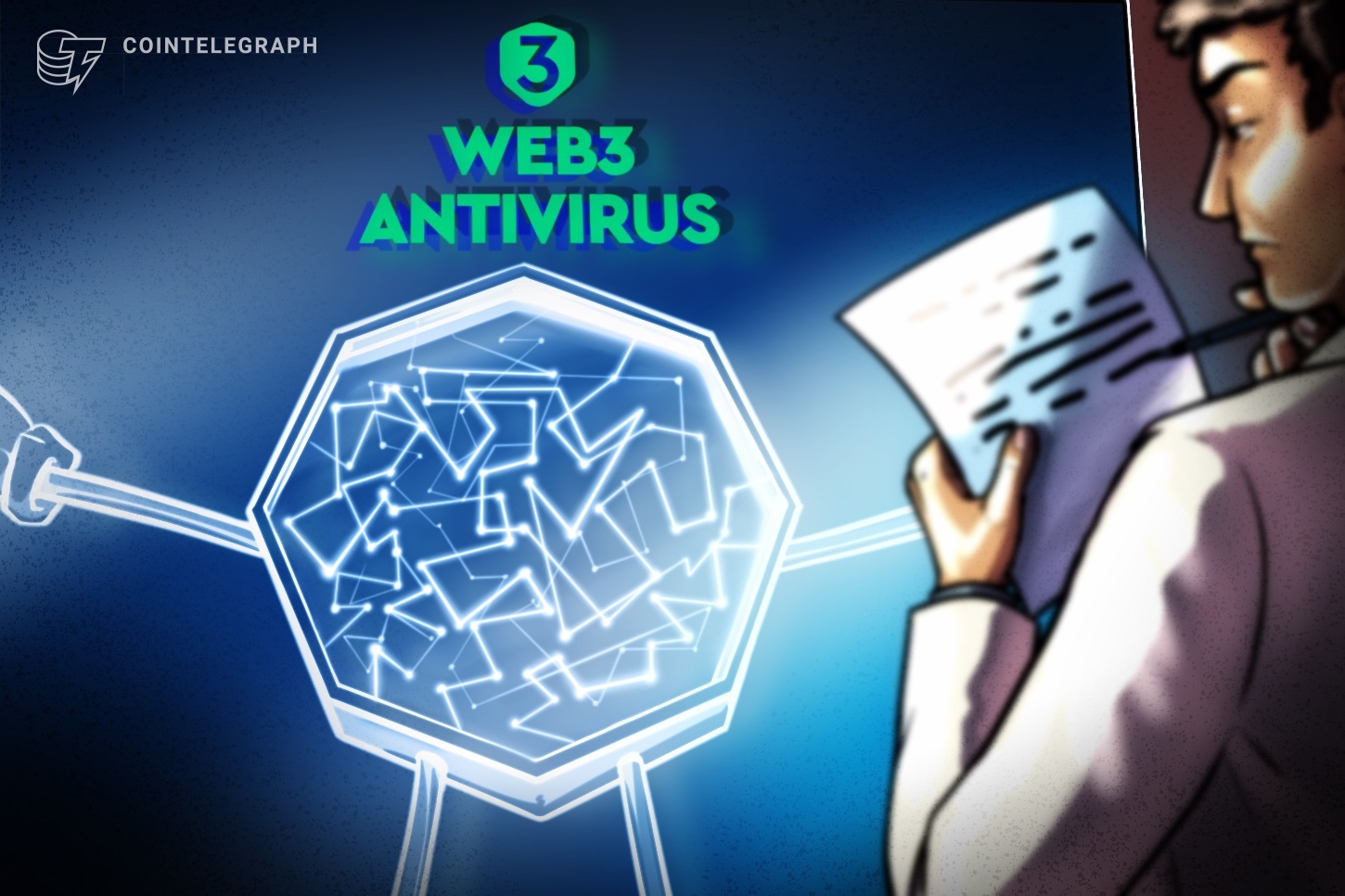Sponsored Content
A flood of new tokens hits decentralized markets every day. Alongside legitimate projects are contracts that hide traps: honeypots that allow buys but not sells, rugpull-style liquidity removals, predatory transfer taxes and impostor tickers that mimic reputable brands.
Manual reviews can’t keep pace. If decentralized finance (DeFi) is to keep growing, platforms need an automated first line of defense that checks a token the moment a user is about to interact with it.
What ‘token validation’ means
Token validation is an automated pre-trade check that analyzes live and historical data for red flags and converts findings into a clear, user-facing signal before a swap or approval proceeds.
Effective systems examine a token from several angles. They watch liquidity for sudden withdrawals, odd additions or pool concentration. They inspect fee logic for abnormal buy/sell taxes or hidden drains. They check contract controls such as owner privileges, pausability and upgradeability. They also review holder distribution for concentration or abrupt shifts that suggest insider risk.
They trace provenance to spot suspicious deployers or recycled code. They catch identity tricks like impostor tickers and fake names and they flag airdrop patterns common in scams. They run sanctions and policy checks as well. The result is a clear, pre-trade risk signal — so the user doesn’t have to do the auditing.
What platforms need from this validation
Security teams need more than a label — they need consistent, product-ready outputs that map technical signals to obvious actions:
• Scores translate to neutral, low, medium or high risk.
• Categories resolve to malicious, restricted, suspicious or unverified.
• Actions are explicit:
Block malicious or restricted tokens.
Warn on suspicious or high-risk cases.
Inform otherwise (show evidence and let the user continue).
This structure lets different products apply the same logic: a wallet can show an inline warning, a DEX can halt a dangerous swap, a launchpad can hold a listing for review and a compliance team can strengthen screening — all from the same underlying evidence.
How this works in the wild
A live example is the 1inch integration of Web3 Antivirus into its token-warning flow. Traders see pre-trade checks inside the swap experience: simulated transactions to detect honeypots, fake-ticker flags, blocklist matches and alerts for aggressive fees or liquidity risk — without added friction. The goal is simple: reduce preventable losses by catching token-level threats at the moment of intent.
Security partnership with @1inch is live 🦄
— Web3 Antivirus (@web3_antivirus) July 31, 2025
Together, we’re stepping up real-time protection in DeFi:
• flagging risky tokens and malicious contracts
• detecting scams, phishing, and suspicious wallets
• ensuring secure transactions for Web3 users
Stay safe, trade smart! pic.twitter.com/PM8ckvHT5o
What Web3 Antivirus brings
From the security-solution side, W3A provides a real-time engine for ERC-20 and ERC-721 assets that:
Detects rug-pull signals such as abrupt liquidity removal and suspicious creator activity.
Identifies honeypot behavior (sell reverts) and fee spikes on buys/sells.
Tracks owner/proxy actions that can change contract behavior mid-flight.
Surfaces unusual holder shifts that suggest insider coordination.
Checks sanctions/policy exposure.
The output is compact and developer-friendly: a set of detectors with evidence, a score, a category and a recommended action that the interface can enforce. Because the engine is chain-agnostic across EVM networks, the same checks travel with teams operating on multiple chains or aggregating liquidity — delivering consistent safety signals wherever users trade.
A single malicious token can drain user funds and damage a platform’s reputation.
— Web3 Antivirus (@web3_antivirus) August 7, 2025
Scam code, fake liquidity, and rug pulls cost users billions. Validating tokens proactively protects both users and exchanges.
Platforms that prioritize validation build stronger communities and… pic.twitter.com/odbJfWZ9Fz
Why this matters marketwide
Pre-trade token screening is now feasible at scale and should sit alongside transaction simulation and phishing protection as standard. With validation in place:
Wallets/DEXs can block known malicious tokens and prevent approvals that lead to drains.
Exchanges/launchpads can vet listings up front and keep monitoring afterward.
Compliance teams can fold token-level signals into sanctions and policy controls.
Each step lowers the chance that a newcomer’s first Web3 experience is a loss.
Web3 Antivirus stems from years of security and infrastructure work by the team behind PixelPlex. That background in smart-contract engineering and DeFi R&D shaped its approach to risk classification, on-the-fly simulation and threat intelligence that partners plug directly into their products. The market doesn’t need every user to be an auditor; it needs interfaces that make safe choices the default.
The takeaway
Token validation is moving from nice-to-have to baseline. As platforms fold pre-trade screening into the same flow as transaction simulation and phishing protection, they can block known-malicious contracts, flag risky behavior with evidence and still keep swaps fast and low-friction.
Shared scoring and recommended actions give wallets, DEXs, launchpads and compliance teams a common way to enforce decisions, and engines that work across EVM chains keep the signal consistent from one venue to the next.
For users, safety becomes the default rather than a specialized skill, so newcomers are less likely to lose money on their first try. As coverage widens and warnings stay targeted, validation settles in much like a spam filter — doing its work in the background so people can trade with fewer nasty surprises, and adoption can grow safely.
Disclaimer. Cointelegraph does not endorse any content or product on this page. While we aim at providing you with all important information that we could obtain in this sponsored article, readers should do their own research before taking any actions related to the company and carry full responsibility for their decisions, nor can this article be considered as investment advice.


